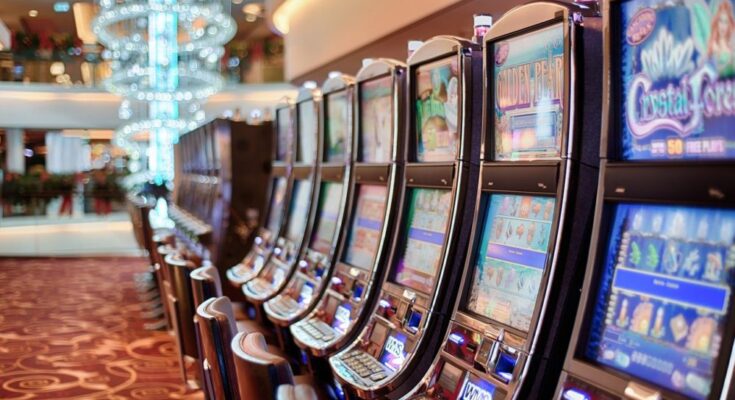Payout percentages represent the most critical yet often misunderstood aspects of slot gaming, with significant variations between games even within the same casino or platform. These percentages, officially known as Return to Player (RTP) rates, determine how much-wagered money a slot game returns to players over time, making them essential knowledge for strategic players. mpo888 offers diverse slot portfolios with RTP ranges that can dramatically impact players’ bankroll longevity and overall gaming experience.
The difference between a slot with a 94% payout percentage and one with 97% might seem minor initially, but this 3% gap substantially affects long-term results. This distinction could mean the difference between sustainable play and rapidly depleting funds for high-volume players. These variations allow players to make better decisions about which games merit their time and money, especially during extended gaming sessions.
Video slots vs classic slots
- Video slots typically offer higher theoretical payout percentages than their classic counterparts, though this advantage comes with important caveats.
- Modern video slots generally feature RTPs ranging from 94% to 98%, while classic three-reel slots often fall between 90% and 95%, creating a notable difference in long-term returns.
This payout disparity stems from the fundamental design philosophies behind each slot type. Video slots attract players with engaging bonus features, complex gameplay mechanics, and immersive themes rather than relying solely on high payout rates. With their simpler structures and lower development costs, classic slots frequently compensate for their straightforward gameplay with slightly lower return percentages.
Players should consider this distinction between nostalgic classic experiences and feature-rich video adventures. The entertainment value of elaborate bonus rounds might justify accepting a marginally lower theoretical return, especially for casual players prioritising enjoyment over mathematical optimisation.
Progressive jackpots
- Progressive jackpot slots typically feature base RTPs 2-4% lower than non-jackpot counterparts
- A portion of each wager (usually 1-3%) feeds directly into the growing jackpot
- The theoretical RTP calculation includes the remote possibility of winning the jackpot
- Without hitting the jackpot, actual returns fall significantly below the advertised RTP
- Many progressive slots offer base-game RTPs below 90% when the jackpot contribution is excluded
This structure creates a stark choice for players: accept lower everyday returns for the chance at life-changing prizes or better, consistent results without the jackpot potential. The popularity of progressive slots suggests many players willingly sacrifice mathematical advantage for dream-chasing opportunities.
Jurisdictional differences
- Some jurisdictions establish minimum RTP requirements (typically 75-88%)
- European markets generally maintain higher average RTPs than Asian or American markets
- Regulated markets tend to verify and publish actual RTP performance data
- Unregulated markets may feature wider RTP variations and less transparency
- Land-based casinos typically offer lower RTPs than their online counterparts in the same region
These regulatory distinctions mean identical-looking slots offer substantially different payout percentages depending on where they’re played. Online players benefit from generally higher returns compared to brick-and-mortar alternatives, reflecting the lower operational costs of digital casinos. Smart players research these critical statistics before committing significant funds to any slot game, using available RTP information to maximize their entertainment value and playing time. This approach transforms slot play from purely chance-based entertainment into a more strategic experience where informed choices meaningfully impact overall results.




